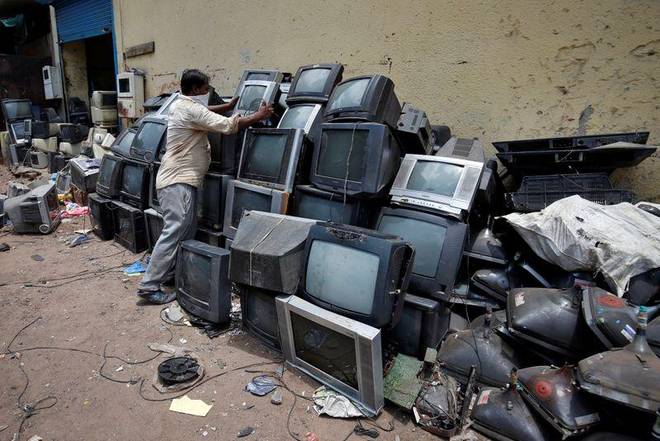Fall in e-waste generation in helpless countries shows developing computerized divide, report says

E-waste in helpless countries is managed inappropriately by the casual sector in open consuming and corrosive showers, which are dirtying the environment and depleting valuable resources
Lower utilization of electronic and electrical devices in the initial nine months of 2020 (compared to a “business obviously” scenario) led to a drop in e-waste generation by 4.9 million metric tons. Yet, low-and middle-income countries reported a 30% fall in e-waste, compared to only 5% in major league salary countries, as per a report by the United Nations University and the UN Institute for Training and Research titled ‘Effect of the COVID-19 pandemic on e-waste – First three quarters of 2020’.
The inequality in e-waste generation indicates a developing computerized divide between rich and helpless countries. “The populace in low-and middle-income countries is constantly developing the hole of approaching modern correspondence technologies and other electronics, the supposed advanced divide is increasing,” the creators noted.
The largest reductions were found in Northern Africa, Western Asia, Sub-Saharan Africa, and Central Asia, that have inadequate e-waste management infrastructure. While this can be interpreted as positive, the effect is just temporary and e-waste creation in the regions is likely to fill in the coming years, the creators stated.
Moreover, e-waste in helpless countries is managed inappropriately by the casual sector in open consuming and corrosive showers, which are contaminating the environment and depleting valuable resources, the report noted. The contamination can likewise cause severe health effects to workers and children who often live in these sites in some countries.
Waste generated by heavy equipments like IT and telecommunication equipment was a lot lesser than it would have been in a circumstance without the pandemic, generating just 60 million kg in the initial three quarters. This was driven by low mechanical movement during the initial few months of the pandemic.
An opposite trend was observed on account of gaming consoles, cell phones, electrical ovens, and workstations, whose utilization increased last year. This fuelled a slight increase in e-waste generation which was caused simply by big time salary countries, the report added.
It is desirable the temporary trend of low e-waste generation be used to improve e-waste management in numerous pieces of the world, the creators suggested.
United Nations University (UNU) is an autonomous component of the UN General Assembly zeroing in on worldwide issues of human security development and welfare. The United Nations Institute for Training and Research (UNITAR) is a preparation arm of the United Nations with a mission of developing the individual, institutional, and authoritative limit of countries and other United Nations stakeholders.






